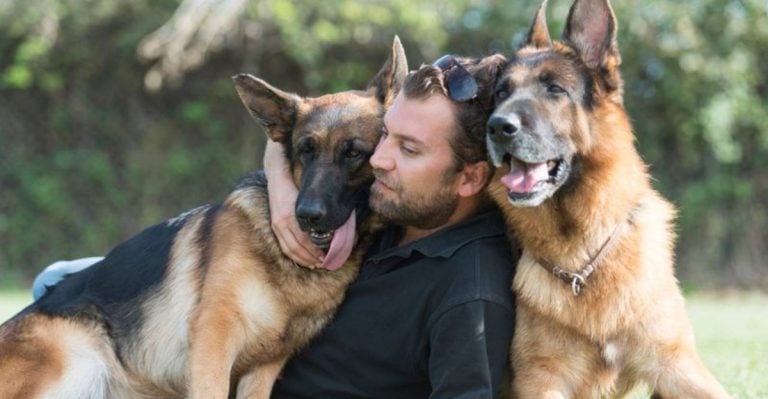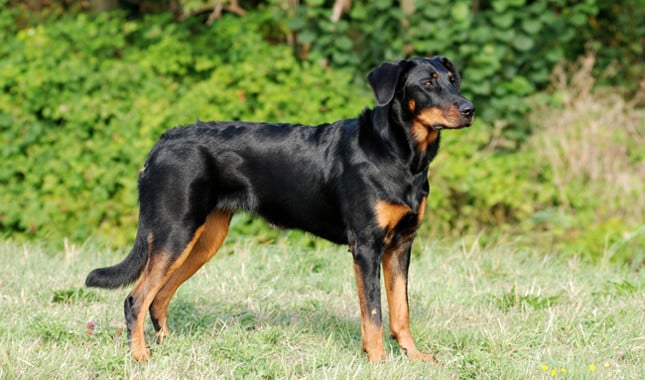15 Dog Breeds Known For Dramatic Coat Color Changes

Puppies have a way of surprising people as their looks begin to shift with time. Their coat may lighten unexpectedly, then settle into a tone that feels entirely different from the start. These changes unfold slowly and often reveal more than anyone expects. Here are 15 breeds where change brings out something new.
Poodle

A dark coat at birth doesn’t always stay that way. Many Poodles undergo a process called clearing, where black or brown fur gradually lightens to silver, blue, or cafe-au-lait. This change is linked to the progressive graying gene and can take years to complete, especially in solid-colored dogs.
Yorkshire Terrier

Color transitions in this breed aren’t quick or subtle. Yorkie pups often begin with dark fur, but the steel-blue and golden tan that define adults emerge gradually. The AKC breed standard calls explicitly for this final color combination, so breeders often monitor early coat changes closely to show potential.
Bearded Collie

Dark brown or black fur is typical in Bearded Collie pups but rarely stays that way. These dogs carry a fading gene that lightens the coat over time. Some begin to darken again as they age. The coat often develops deeper tones compared to its lighter shade during early adolescence.
Puli

Before their cords form, Puli puppies appear fluffier and more uniform in color. As the coat cords begin to separate, subtle tonal shifts emerge. The way cords reflect light gives a black Puli a gray or charcoal look and white coats may reveal cream or beige highlights as the texture deepens.
Shih Tzu

Look closely at a Shih Tzu’s coat a few months in; it may already look different. Pups that once appeared solid black might show hints of silver, while brown coats lean toward gold. The dense fur carries these shifts in layers that unfold slowly.
Lhasa Apso

Coat colors in this breed commonly shift in unexpected ways. Puppies may appear dark or solid-colored, then grow into dogs with lighter or more complex coats. Grizzle, cream, or gold shades might develop slowly, and changes may continue into adulthood before the final coat becomes consistent.
Irish Setter

Instead of changing color entirely, Irish Setters deepen in tone. The light, feathery puppy coat gradually takes on a glossy red sheen that intensifies with age. That mahogany color doesn’t rush in—it grows richer with age, typically settling once the adult coat fills out fully.
Afghan Hound

Puppy coats tend to be thick and dark, but Afghan Hounds grow into long, silky fur that develops new texture and shade. Some dogs may replace the original color with cream or silver; others take on a blue tone. These transitions typically unfold over the first two to three years of life.
Bedlington Terrier

This breed doesn’t just lighten—it softens in texture too. What starts as a dark, sleek coat eventually becomes pale and woolly. The shift is subtle at first, then speeds up. By the end of the first year, many Bedlingtons show a completely new look compared to the puppy photos.
Kerry Blue Terrier

Despite the name, this breed is born black. The signature blue-gray coat develops slowly, often starting around six months. It may take up to two years to fully appear. In show circles, dogs are sometimes entered before their coat reaches its final color, as this change happens independently of maturity.
Wirehaired Pointing Griffon

As they grow, solid colors in puppies commonly give way to a roan or grizzled coat pattern. White hairs blend with darker ones as the adult coat develops, creating the breed’s rough, salt-and-pepper look. Texture also progresses, with adult coats becoming more wiry and weather-resistant than soft puppy fur.
Dachshund

The “wild boar” variety of wirehaired Dachshund shows one of the most distinct coat changes. Puppies may start with a uniform dark tone, but individual hairs develop multiple color bands as they grow. It gives the adult coat a bristled, multicolored appearance rarely visible early on.
Tibetan Terrier

Predicting adult coat color in this breed is difficult. Puppies commonly go through multiple shade transitions, and markings may fade or disappear entirely. A gray pup might turn cream or black patches may fade as the coat develops. These transitions typically happen in stages as new layers grow in.
Chow Chow

As Chow Chows grow, their heavy double coat frequently takes on a noticeably different look compared to their puppy stage. Blue-coated puppies start charcoal and lighten with age, while creams may display apricot tones that fade as the coat matures. Seasonal changes in the undercoat may also affect the topcoat color.
Briard

The coat color of Briards doesn’t reveal its final version until later in life. Though many pups start dark, their thick, wavy hair shifts in color as they mature. Some lighten into tawny or gray tones, and others take on muted shades that weren’t visible early on. Light reflection also alters how the color is perceived.






